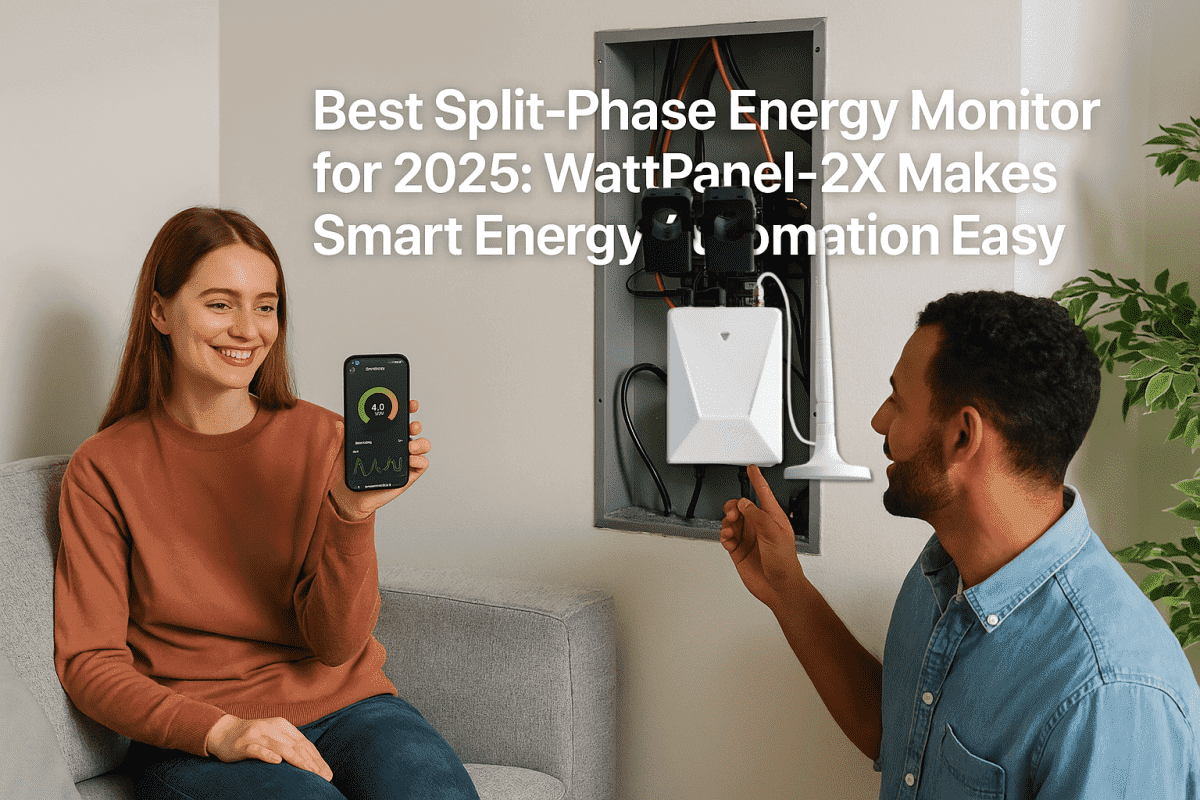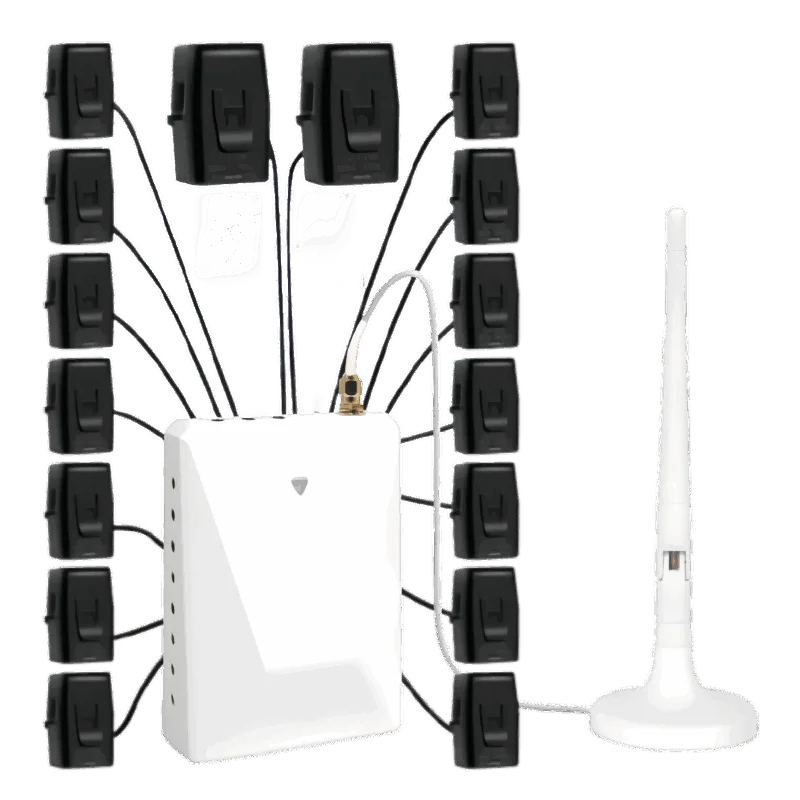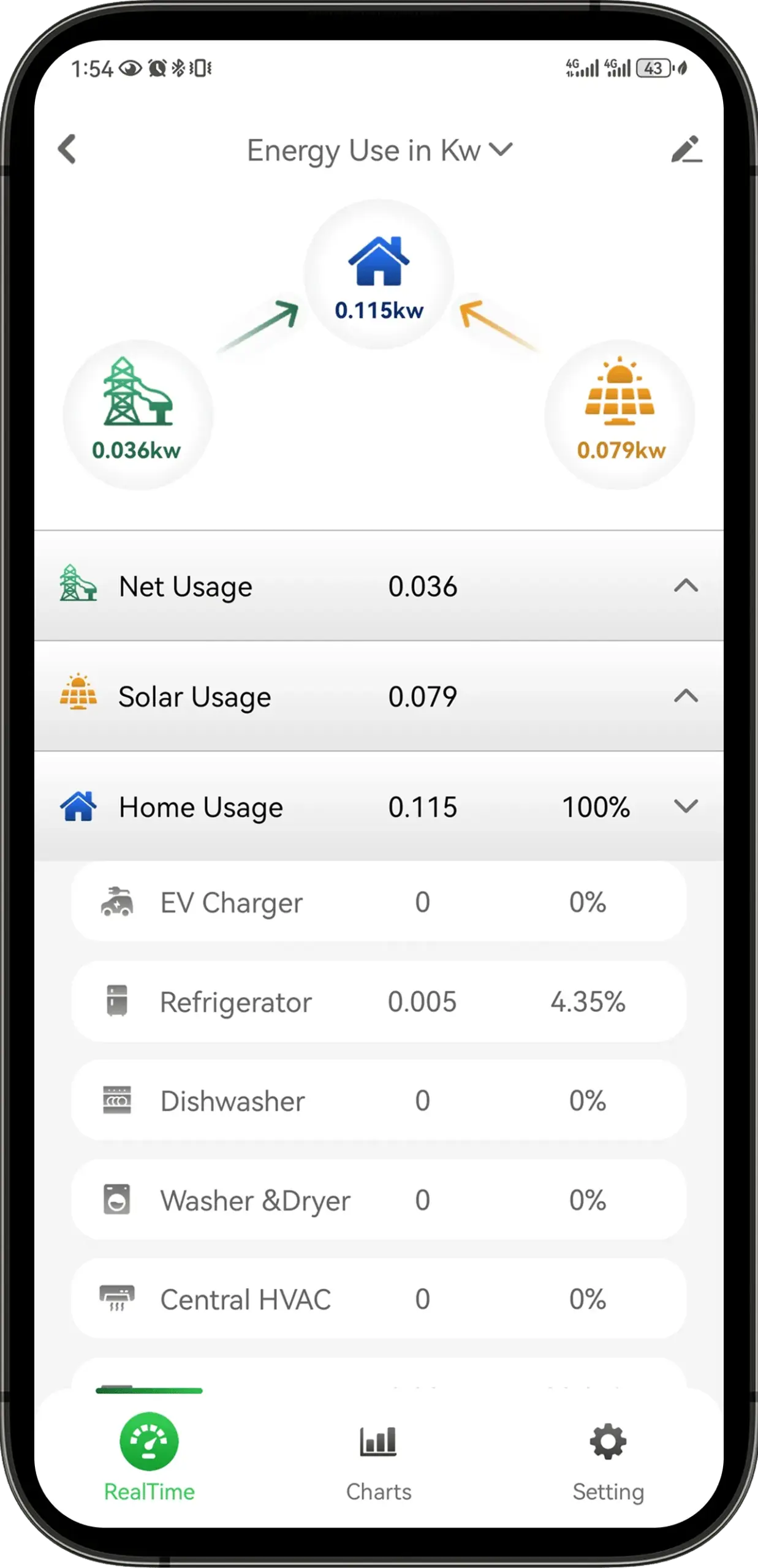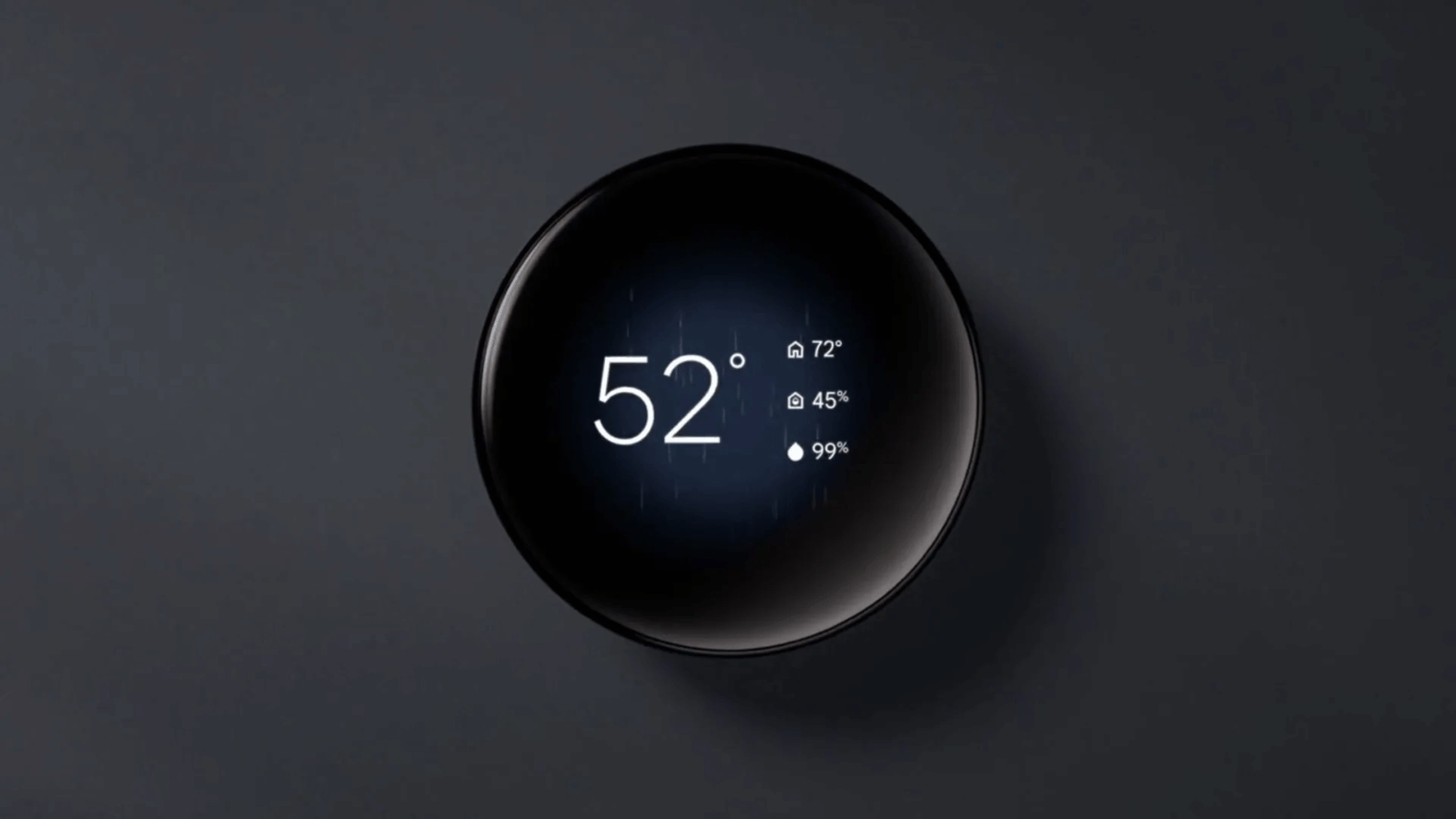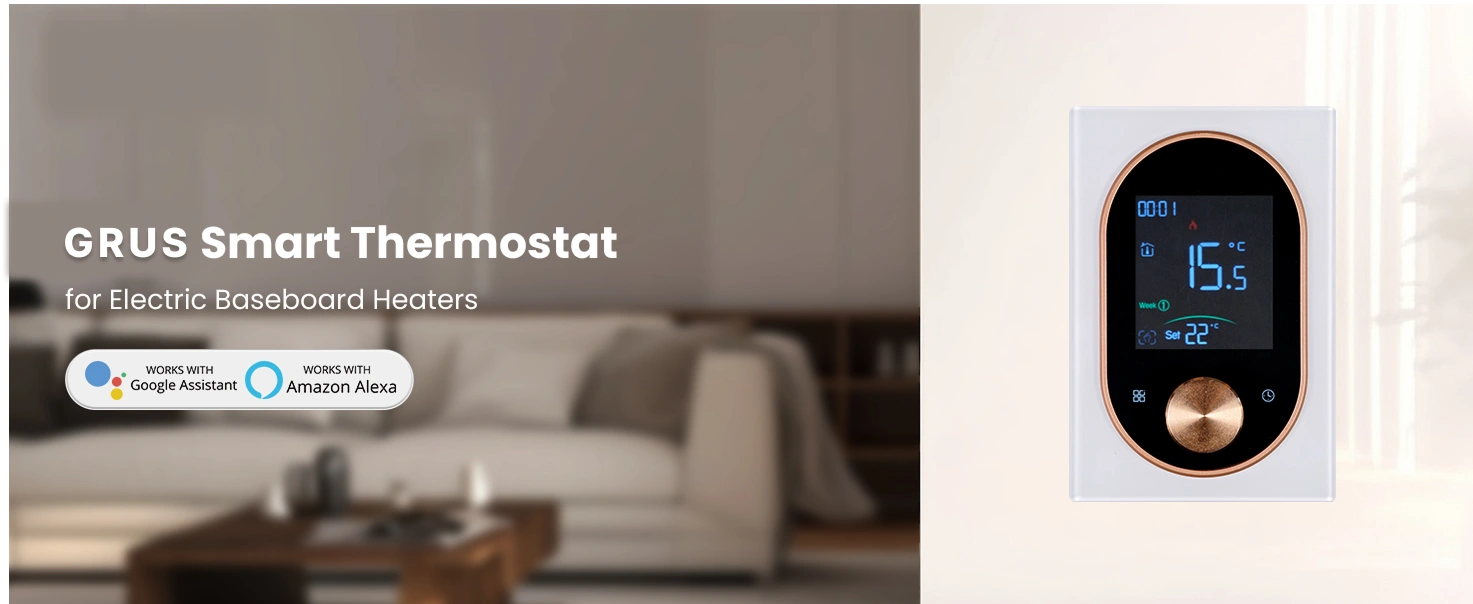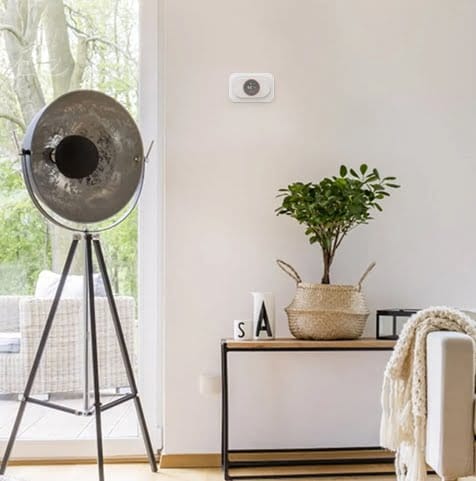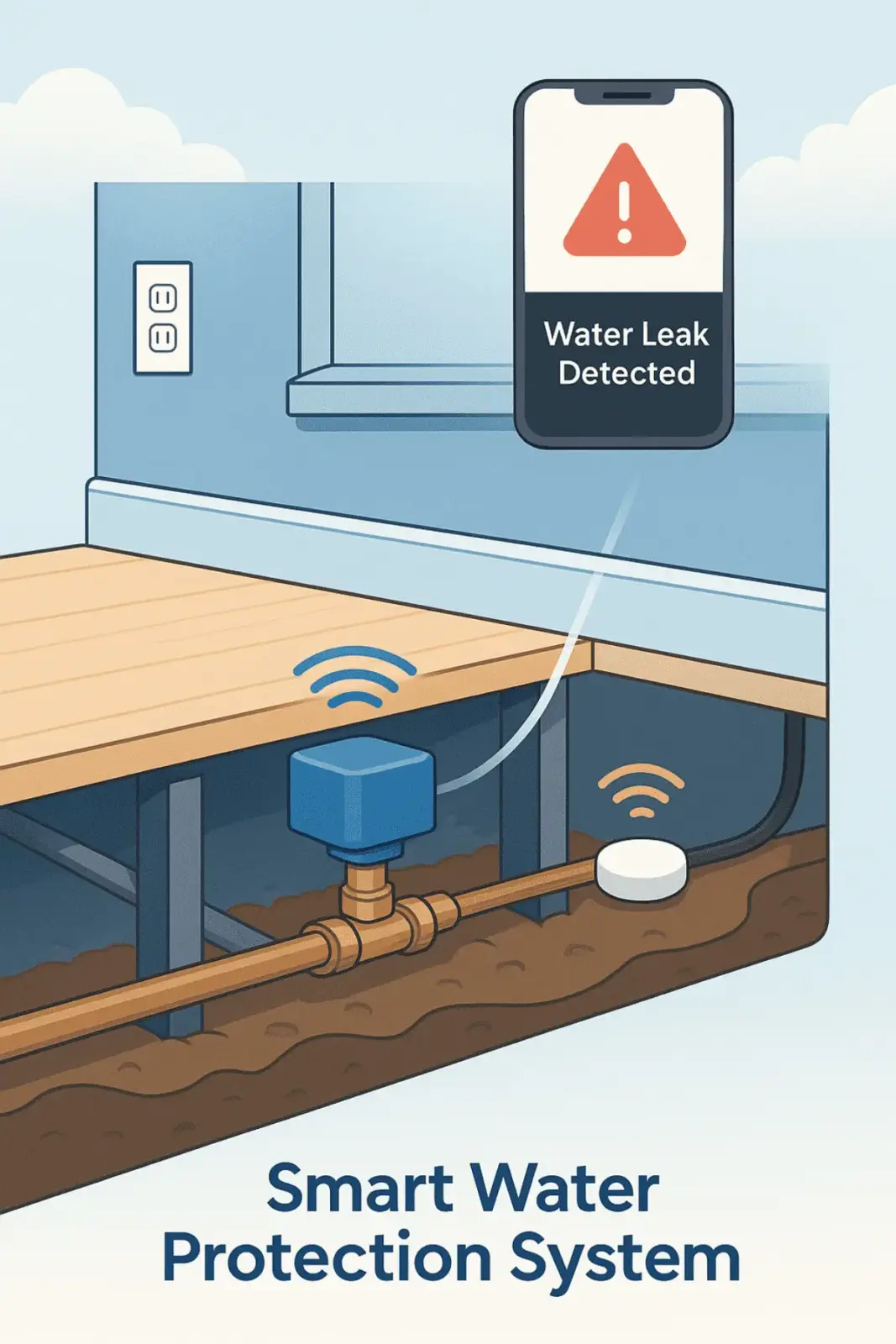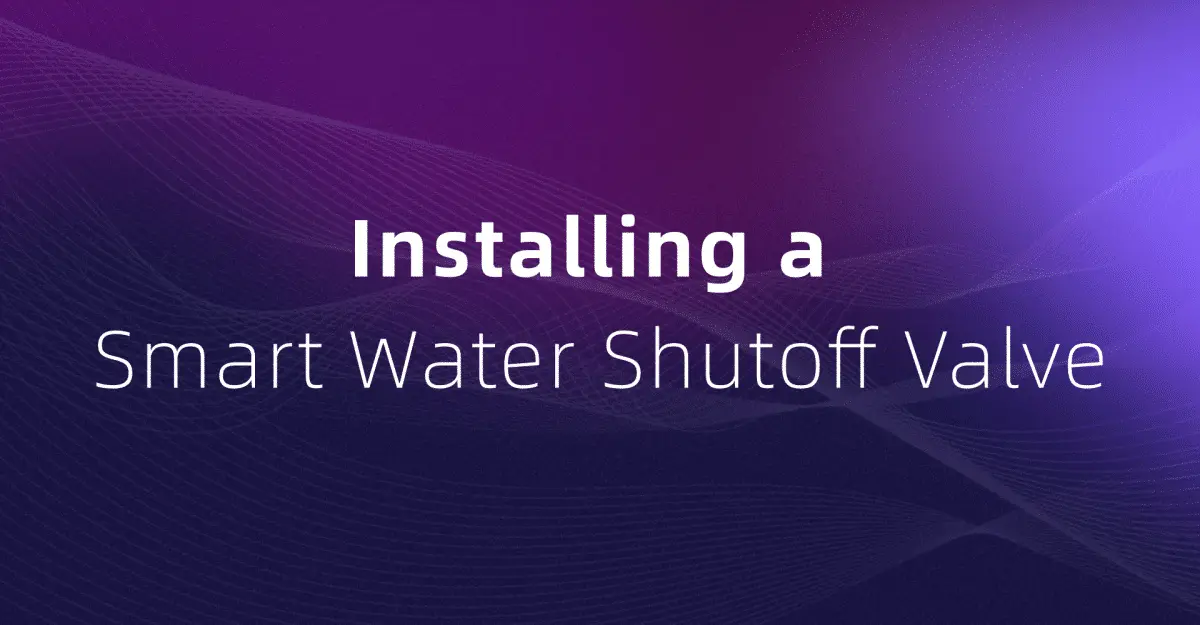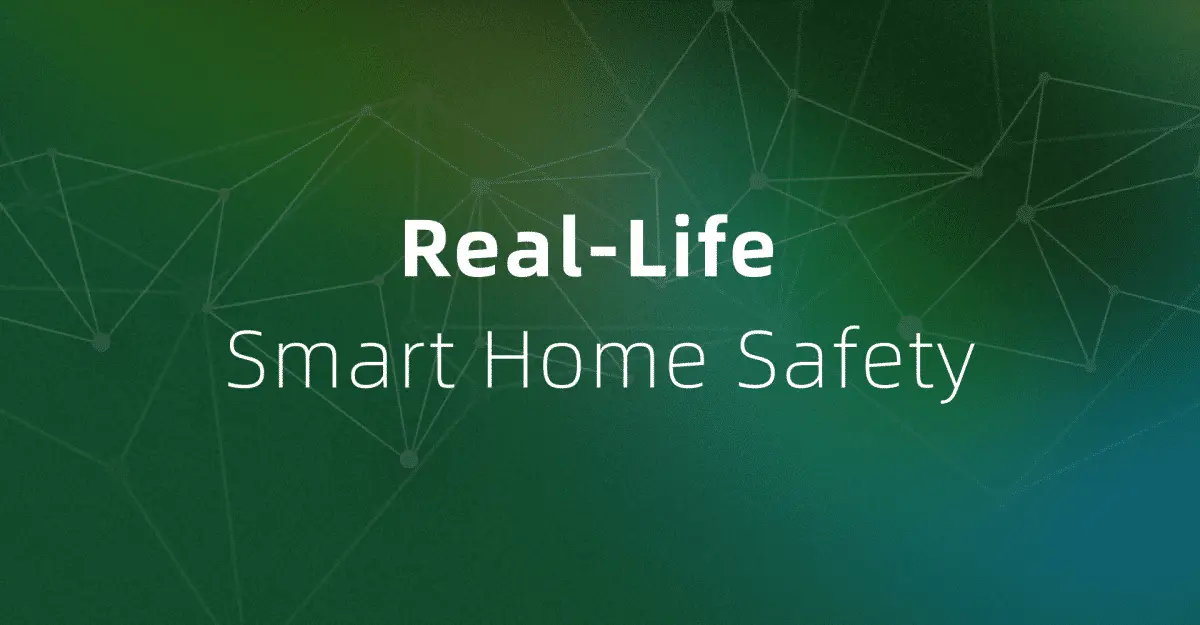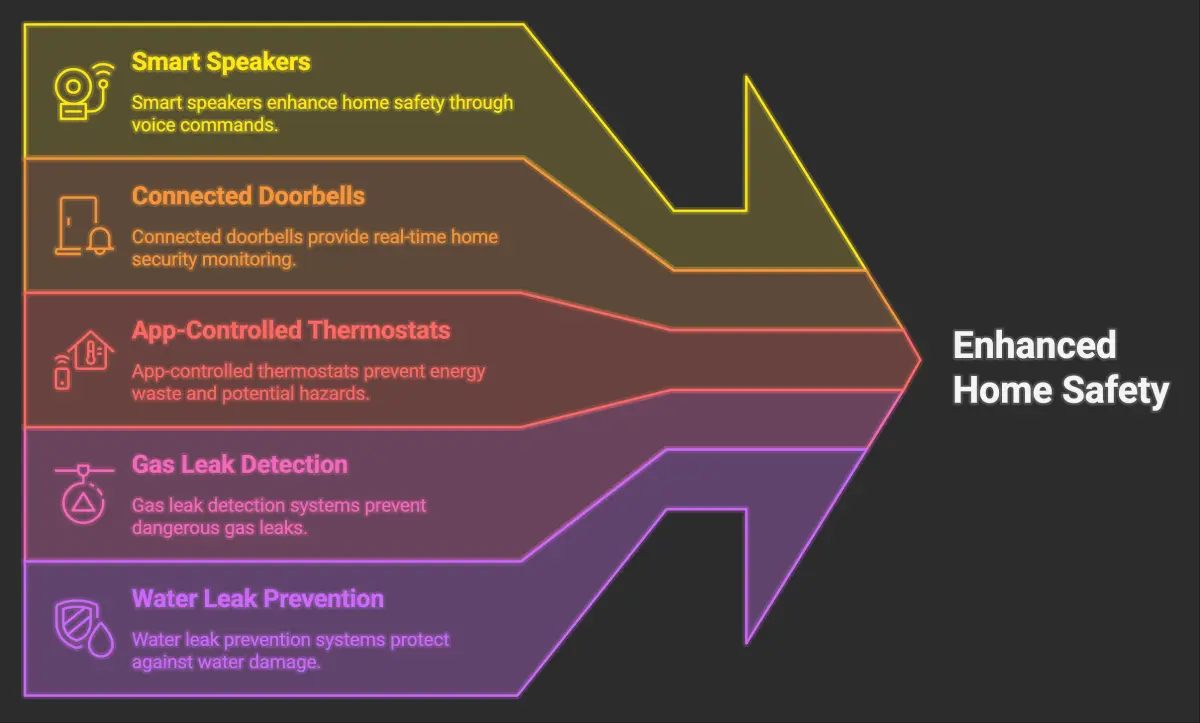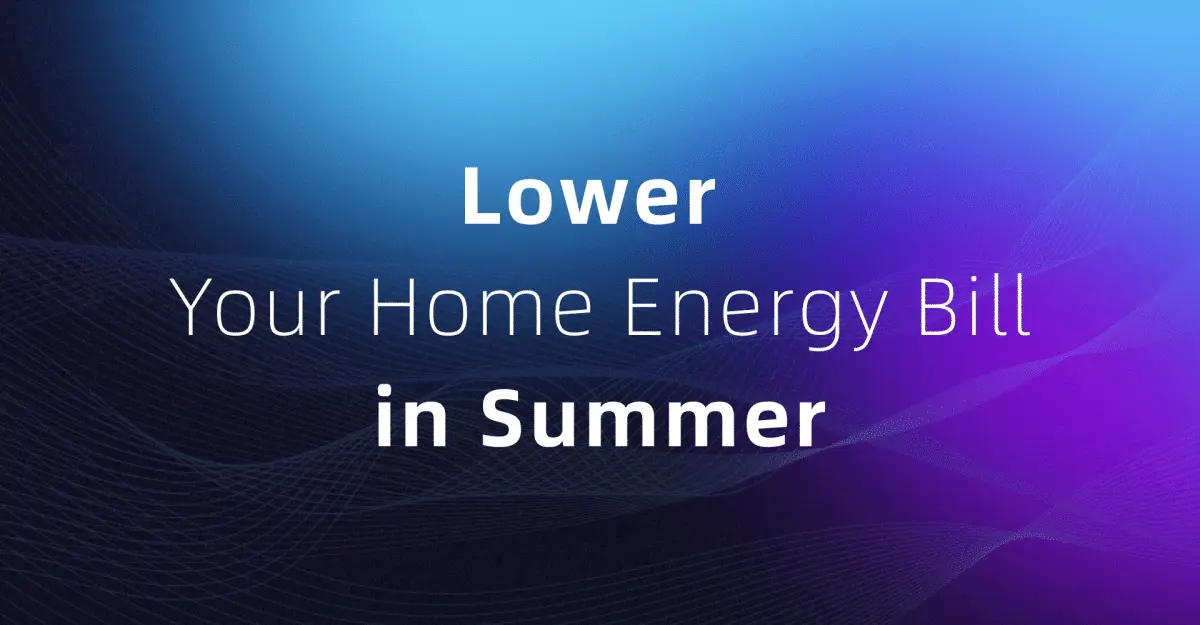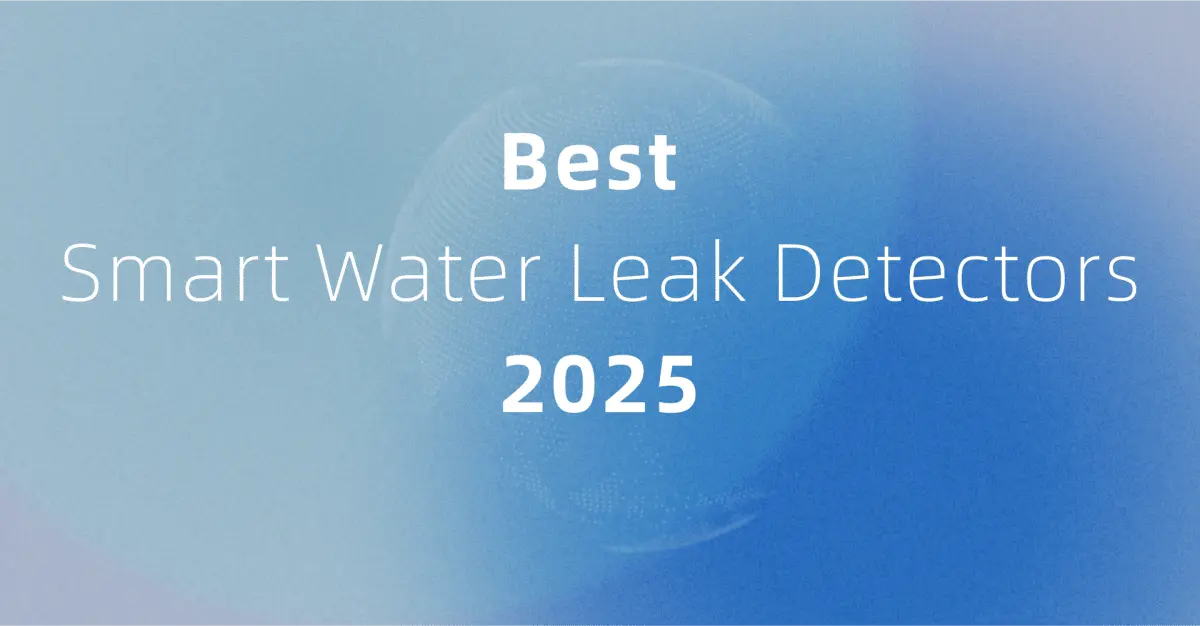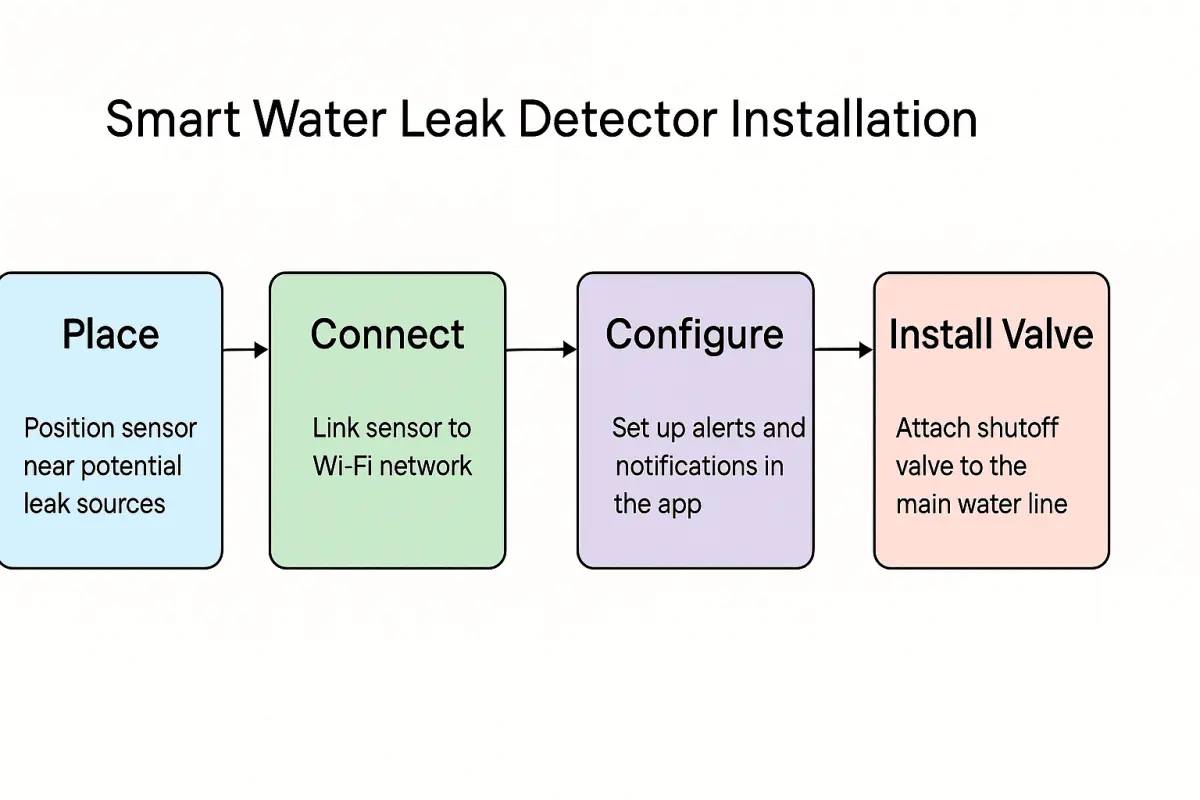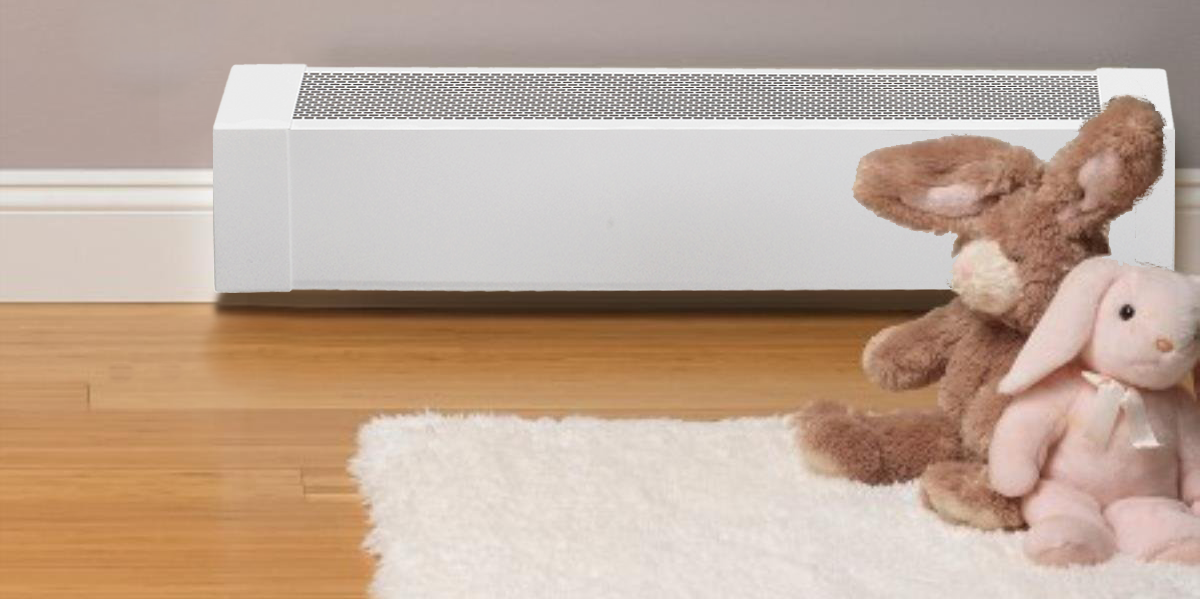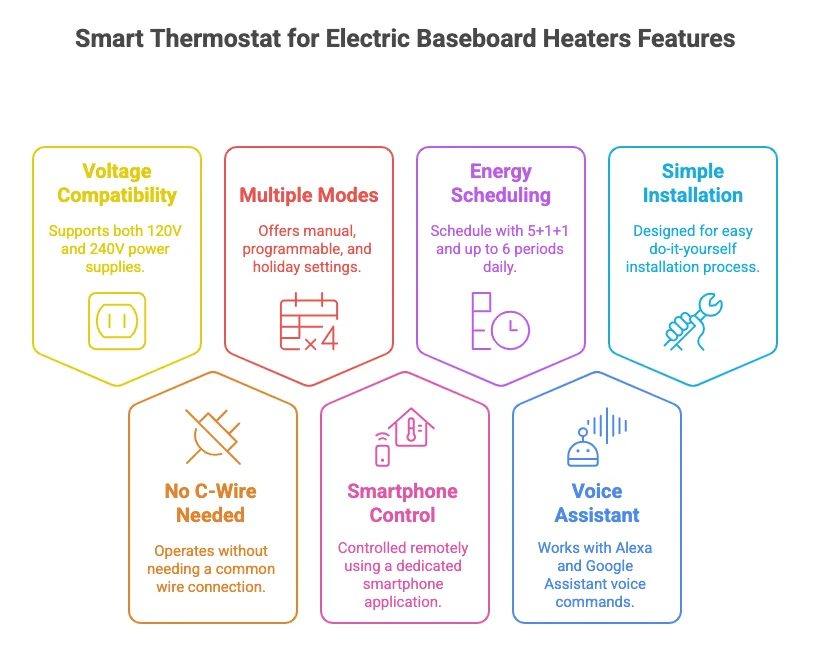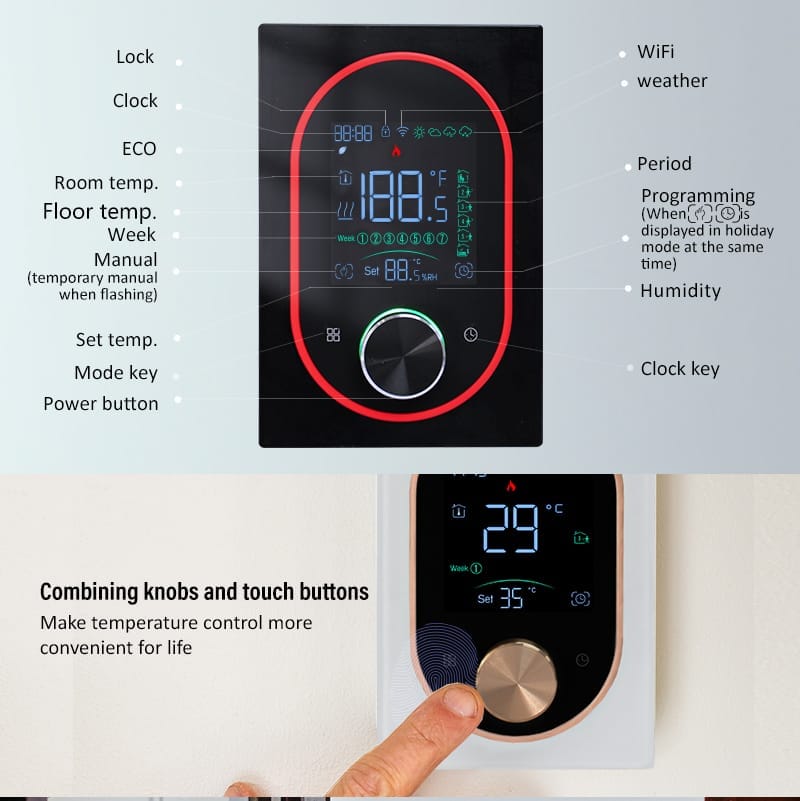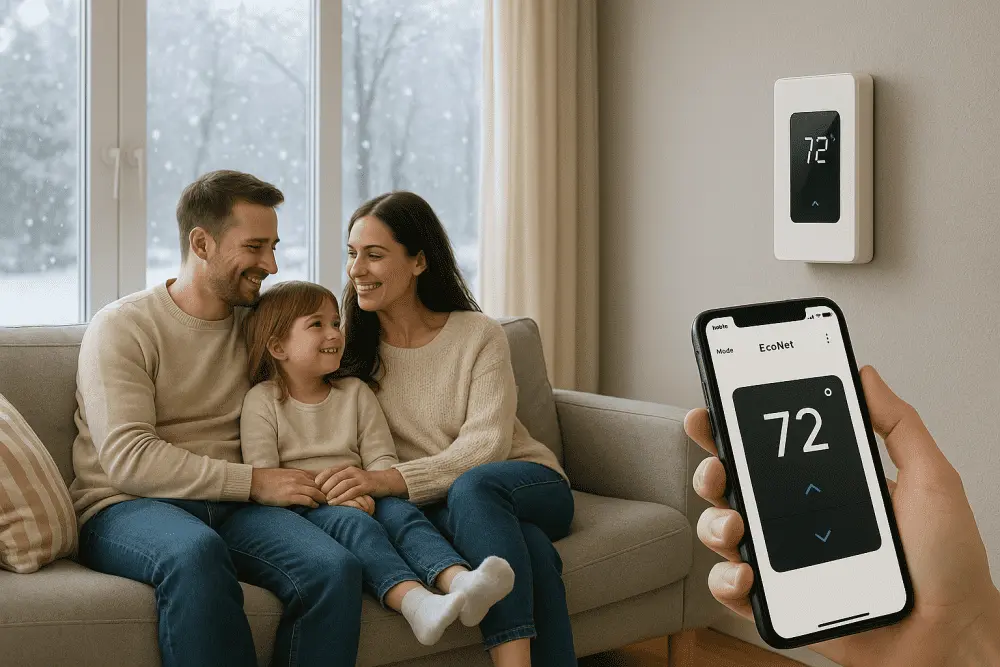
As winters get harsher and energy bills continue to climb, homeowners are turning to smart baseboard thermostats as an effective solution for heating efficiency. Unlike traditional dials or outdated programmable thermostats, modern smart thermostats connect to WiFi, learn your daily routine, and adjust heating intelligently — helping you stay warm while cutting bills by up to 20% this winter.
What Makes a Smart Baseboard Thermostat “The Best”?
Not all smart thermostats are designed for electric baseboard heaters, which use line voltage (120/240V). To qualify as the best smart baseboard thermostat 2025, a device needs:
- ✅ Line-voltage compatibility (works with electric baseboard heaters).
- ✅ WiFi control & mobile app integration.
- ✅ Scheduling & energy reports for smarter heating patterns.
- ✅ Easy installation for DIY homeowners.
- ✅ Safety features such as overheating protection.
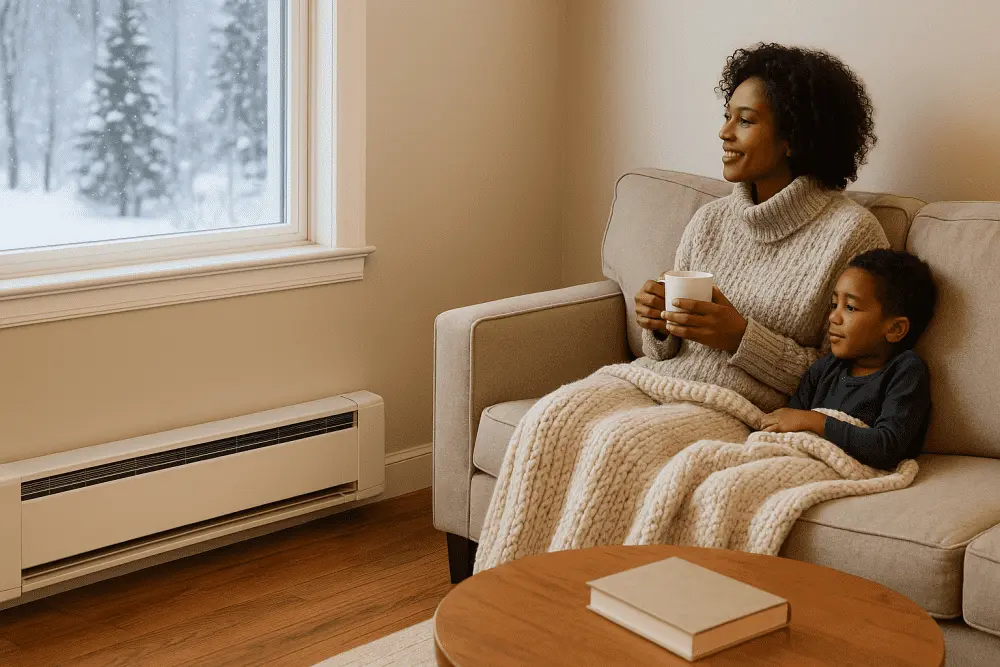
Our Top 5 Picks for 2025
We’ve researched dozens of options and narrowed it down to the Top 5 Smart Baseboard Thermostats that lead the market in 2025:
- EcoNet-BH Smart Baseboard Thermostat – Best overall for energy savings.
- Mysa Smart Thermostat – Sleek design and strong app ecosystem.
- Sinope Smart WiFi Thermostat – Great for larger homes and advanced scheduling.
- Honeywell Home T Series – Trusted brand, reliable heating control.
- King Electric K702E Series – Budget-friendly option with solid features.
Detailed Comparison of the Top 5 Smart Baseboard Thermostats in 2025
To help you choose the best option, here’s a detailed breakdown of features, pricing, and suitability:
| Thermostat Model | Voltage Support | Connectivity | App & Voice Control | Energy Reports | Price Range (USD) | Best For |
|---|---|---|---|---|---|---|
| EcoNet-BH | 120/240V | WiFi | iOS/Android App, Alexa/Google | ✅ Yes | $55 | Best overall; energy-conscious homes |
| Mysa Smart Thermostat | 120/240V | WiFi | App, Alexa, Google, HomeKit | ✅ Yes | $130–150 | Sleek design; Apple Home users |
| Sinope TH1123WF/TH1124WF | 120/240V | WiFi | App, Alexa, Google | ✅ Yes | $120–135 | Advanced scheduling, larger homes |
| Honeywell Home T Series | 120/240V | WiFi/Z-Wave (some models) | App, Alexa, Google | ❌ Limited | $100–120 | Trusted brand, reliable heating |
| King Electric K702E | 120/240V | Manual + WiFi add-on | Limited App | ❌ No | $80–95 | Budget-friendly, simple needs |
Feature-by-Feature Analysis
1. EcoNet-BH Smart Baseboard Thermostat (Grus.io)
- ✅ Built for electric baseboard heating with line voltage support.
- ✅ Real-time WiFi monitoring and control via mobile app.
- ✅ Energy reports show detailed usage, helping reduce heating costs by 15–20%.
- ✅ Simple installation with neutral line support.
- ⚡ Exclusive AI-based adaptive heating schedules optimize comfort automatically.
Verdict: Best overall for homeowners who want ease + savings.
2 Mysa Smart Thermostat
- Sleek, minimalistic design with touch interface.
- Works seamlessly with Apple HomeKit and other smart platforms.
- Provides detailed energy usage reports.
- Slightly higher cost than EcoNet-BH.
Verdict: Perfect for tech-savvy households, especially Apple users.
3 Sinope Smart WiFi Thermostat
- Canadian brand popular in cold climates.
- Advanced scheduling with multiple zones.
- Durable design for larger homes or rental properties.
- Requires a neutral wire in most setups.
Verdict: Great for multi-room heating and long-term durability.
4 Honeywell Home T Series
- Well-known HVAC brand, reliable and safe.
- Supports both WiFi and Z-Wave models.
- Limited app features compared to newer competitors.
- Affordable, but less advanced in energy optimization.
Verdict: A safe choice for homeowners who trust big brands.
5 King Electric K702E Series
- Affordable price point, widely available.
- Basic digital display, optional WiFi module.
- Lacks energy reports and advanced automation.
- Suitable for users on a strict budget.
Verdict: A budget option for small apartments or secondary rooms.
Real-Life Scenarios: How Smart Thermostats Make a Difference
Case 1: A Family in Minnesota
The Johnson family struggled with high heating bills during long winters. After switching to the EcoNet-BH Smart Baseboard Thermostat, they noticed:
- Energy savings of ~18% in the first three months.
- The ability to pre-heat rooms before arriving home using the mobile app.
- More consistent comfort, no more cold mornings.
Case 2: Tech Enthusiast Apartment Owner in New York
Mark, a tech-savvy homeowner, installed the Mysa Smart Thermostat in his modern apartment:
- Loved the minimalistic design that matched his interior.
- Connected it to Apple HomeKit for seamless automation.
- Tracks heating usage weekly to plan energy-efficient routines.
Case 3: Rental Property in Canada
A landlord in Quebec equipped his rental units with Sinope WiFi Thermostats:
- Enabled remote monitoring to ensure tenants were not overheating units.
- Reduced energy waste in vacant apartments.
- Simplified management of multi-zone heating across different tenants.
Installation Made Easy
Most smart baseboard thermostats are designed for DIY installation. Here’s a simplified process:
- Turn Off Power – Always switch off your circuit breaker before touching wiring.
- Remove Old Thermostat – Unscrew and disconnect old line-voltage unit.
- Connect Wires – Match line/load and neutral wires as per the thermostat’s manual.
- Mount New Thermostat – Secure the device onto the wall plate.
- Power On & Configure – Restore power, connect to WiFi, and set up schedules via app.
📌 Example wiring (EcoNet-BH 240V):
--- title: "EcoNet-BH Thermostat Installation Wiring" --- graph TD %% ===== Styles ===== classDef node fill:#ffffff,stroke:#555,stroke-width:1.6,rx:6,ry:6,color:#222; classDef power fill:#DCE8FF,stroke:#1A5FFF,stroke-width:2,rx:6,ry:6,color:#0B2161,font-weight:bold; classDef device fill:#DFFFE2,stroke:#008A00,stroke-width:2,rx:6,ry:6,color:#064C00,font-weight:bold; classDef load fill:#FFF3D6,stroke:#E69A00,stroke-width:2,rx:6,ry:6,color:#663C00,font-weight:bold; %% ===== Wiring Flow ===== P["Panel (240V)"]:::power --> L1["L1 Line"]:::node P --> L2["L2 Line"]:::node L1 --> T["EcoNet-BH Thermostat"]:::device L2 --> T T --> H["Baseboard Heater"]:::load %% ===== Link Styles ===== linkStyle default stroke:#666,stroke-width:1.6;
Which Thermostat Should You Choose in 2025?
- Best Overall: EcoNet-BH Smart Baseboard Thermostat – balances energy savings, features, and affordability.
- Best Design & Ecosystem: Mysa – for users deep in the Apple ecosystem.
- Best for Multi-Zone Homes: Sinope – reliable in cold climates, great for landlords.
- Most Reliable Brand: Honeywell T Series – trusted, durable option.
- Best Budget Choice: King Electric K702E – simple and affordable.
If you want the most value in 2025, the Smart Baseboard Thermostat: EcoNet-BH | WiFi Scheduling, Voice Control, Programmable Electric Baseboard Heaters Thermostat is the winner — delivering up to 20% heating savings, a user-friendly app, and robust compatibility with most electric baseboard heaters.
